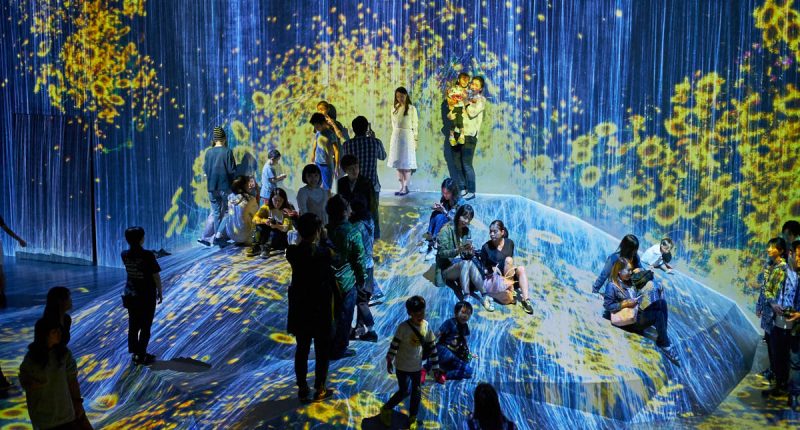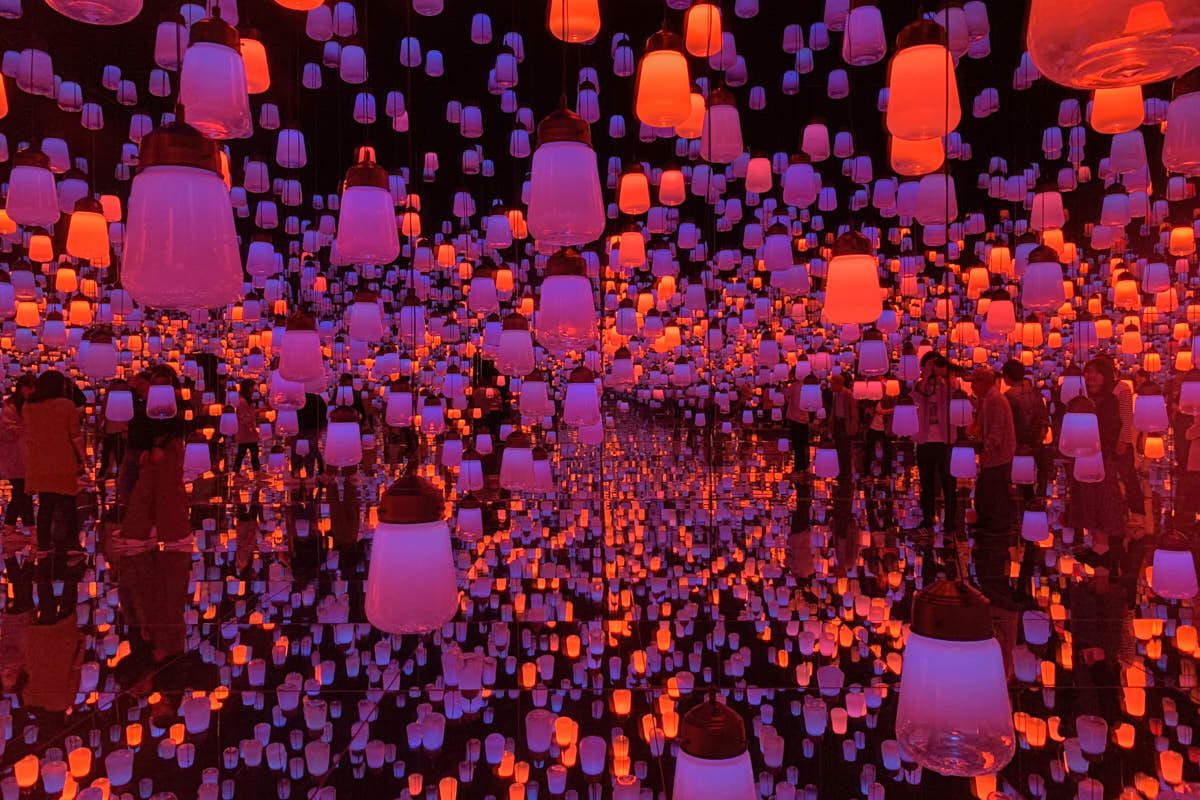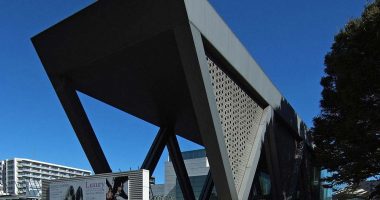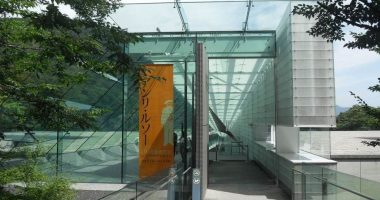The MORI Building Digital Art Museum opened in June 2018 as a 10,000 square meter permanent museum housed inside Odaiba’s Palette Town. Calling itself a “digital art museum”, the idea is to let your senses get lost in a world of movement and light projections which work together to create a surreal world. The museum is divided into five sections which flow from one to the other through a series of corridors: Borderless World, Athletics Forest, Future Park, Forest of Lamps and the En Tea house. These projections (almost 500 of them in total) change constantly through computer learning as the audience interacts with the surroundings. The most popular section is probably the Forest of Lamps—a room of color-changing lanterns and mirrors—and for this you might need to queue for 15-30 minutes, especially if visiting on the weekend. Lockers are provided for visitors before the entrance and there are no vending machines or places to eat inside. Photography is allowed inside but flashes are prohibited.
Location
Odaiba Palette Town, 1-3-8 Aomi, Koto-ku, Tokyo« Google Maps »
Details
Closed on the 2nd and 4th Tuesday of each month
Adults ¥3,200, children ¥1,000. Tickets must be purchased via the official website in advance






